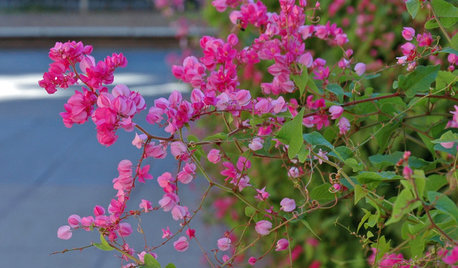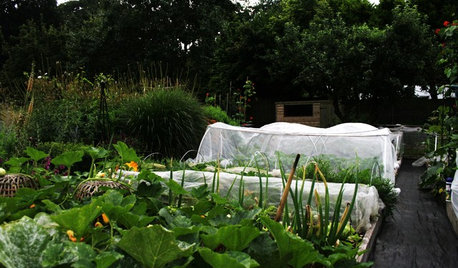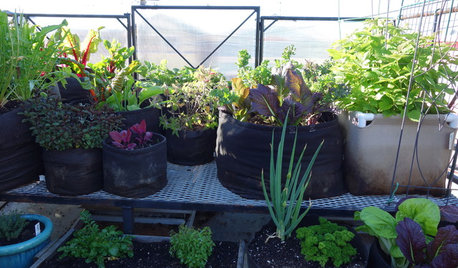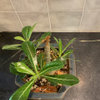Seedlings and their potential outcomes
summersunlight
11 years ago
Related Stories

GARDENING GUIDESSeeds or Seedlings? How to Get Your Garden Started
Growing delicious herbs and vegetables starts with knowing your goals and when you want to plant
Full Story
CONTRACTOR TIPSThe 4 Potentially Most Expensive Words in Remodeling
‘While you’re at it’ often results in change orders that quickly add up
Full Story
HOUZZ TVHouzz TV: How to Make and Plant a Veggie Box
See how to start edibles from seed, then transfer the seedlings to a box on stilts to make harvesting more fun
Full Story
SELLING YOUR HOUSEHome Staging to Sell: The Latest Techniques That Really Work
Get up to speed on the best ways to appeal to potential buyers through accessories, furniture, colors and more
Full Story
GARDENING GUIDESSouthwest Gardener's March Checklist
Dust off your gardening tools and get busy pruning to help your trees and plants reach their full potential
Full Story
GREEN BUILDING5 Common-Sense Ways to Get a Greener Home Design
You don't need fancy systems or elaborate schemes to make your home energy efficient and sustainable. You just need to choose wisely
Full Story
REMODELING GUIDESArchitectural Images: Truth or Fiction?
Technology draws an ever-fainter line between photo and rendering. Can you tell the difference in these 17 images?
Full Story
EDIBLE GARDENSFood and Community Thrive in a U.K. Allotment Garden
Get a peek at a rented garden plot in England where edibles and flowers mix and local residents can mingle
Full Story
LAUNDRY ROOMSKey Measurements for a Dream Laundry Room
Get the layout dimensions that will help you wash and fold — and maybe do much more — comfortably and efficiently
Full Story
FARM YOUR YARDAn Urban Greenhouse Overflows With Edibles
Making meals just means stepping into the yard for a San Francisco couple who revamped an old orchid house
Full StoryMore Discussions








yumtomatoes
rcharles_gw (Canada)
Related Professionals
Maple Valley Landscape Architects & Landscape Designers · Ballwin Landscape Architects & Landscape Designers · Brentwood Landscape Architects & Landscape Designers · Essex Landscape Architects & Landscape Designers · Clearlake Landscape Contractors · Dudley Landscape Contractors · Fairfield Landscape Contractors · Framingham Landscape Contractors · Galt Landscape Contractors · Lynchburg Landscape Contractors · Marlborough Landscape Contractors · Mission Bend Landscape Contractors · New Baltimore Landscape Contractors · Vineyard Landscape Contractors · Winter Gardens Landscape Contractorsteyo
karyn1
summersunlightOriginal Author